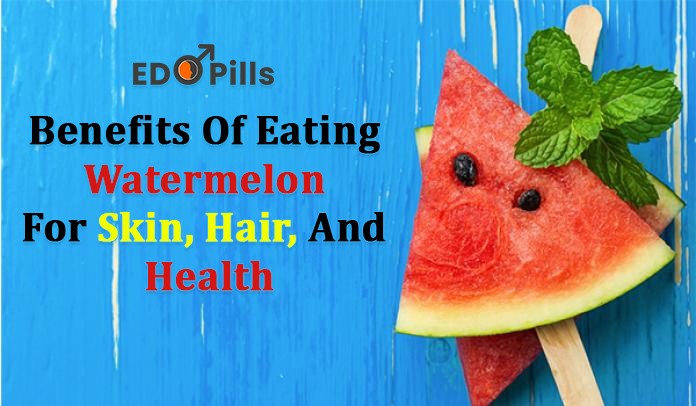
Nutritionists have a lot of advice to give, especially around weight loss. But what are the number one tips they tell people who are trying to drop pounds?
We tapped 12 nutritionists for the answer—you might be surprised by what they said.
Be Nice to Yourself
“Talk to yourself as if you were talking to a friend. All too often we revert to negative self-talk, especially when it comes to our bodies. ‘You look so fat in that’ might pop into your head when you talk to yourself, but you would never use such harsh words to someone dear to you. Try to be your biggest fan instead of your worst enemy. That negative talk could lead to apathy, overeating, and dietary sabotage.” —Bonnie Taub-Dix, R.D., author of Read It Before You Eat It
Ask Yourself if You’re Really Hungry
“Learn the difference between physical hunger and emotional hunger. Traditional diets cut calories, which can seem like a drastic change if you are used to eating more food than your body needs. When you feel deprived, it’s hard to find the motivation to continue, which is why most traditional diets fail. Instead, focus on fueling your body when you are hungry with healthy, nourishing foods. When you reach for a snack at 2 p.m. because you ‘always’ do, ask yourself if you’re really hungry or just bored, tired, or stressed. If you’re hungry, have a healthy snack. If you’re not, figure out what emotion is really going on and address that. Shifting the focus to this mindset makes weight loss so much easier.” —Alexandra Caspero, R.D., founder of Delicious Knowledge
Before people were eating mindfully, they were trying these diet trends. Check out the craziest weight-loss plans through history:
Stop Dwelling on What You Shouldn’t Eat
“Focus on the foods and drinks you should be saying ‘yes’ to, rather than focusing on ones you should cut. If your mantra is ‘no junk food,’ it’s likely that junk food—the very thing you are trying to avoid—is top-of-mind. Focusing on eating the healthy foods you love, like roasted cauliflower, pomegranate arils, or Sriracha hummus, makes you think about how to include them in your daily or weekly meals. That will help your unhealthy choices fall to the wayside.” —Tori Holthaus, R.D., founder of YES! Nutrition, LLC
Eat Whole, Not “Health” Foods
“Weight loss will happen as a side effect of choosing whole foods that provide the nutrients you need. New research demonstrates that foods labeled as ‘healthy,’ like ‘healthy cookies,’ may be contributing to the obesity epidemic because people are more likely to overeat them.”
Move More
“Of course we have to watch our calories consumed, but how about focusing on calories expended? According to the Department of Health and Human Services’ Physical Activity Guidelines for Americans, adults need at least 150 minutes of moderate intensity physical activity each week. I recommend trying a combination of things such as strength training, cardiovascular training, and core work to increase activity and lose weight. Keep a journal of your active minutes each week, or use an app, to stay accountable and hit your minute goals. —Jim White, R.D., spokesperson for the Academy of Nutrition and Dietetics, and owner of Jim White Fitness and Nutrition Studios in Virginia
(Need a fun, results-driven workout to pair with your healthy eating efforts? Look no further than Women’s Health‘s new Ignite DVD.)
Don’t Ditch the Fat
“It’s a common misconception that you need to cut fat out of the diet to lose weight; however, omega-3s in fatty fish like salmon, and monounsaturated fatty acids in foods such as avocado and olive oil have been linked to healthier waistlines. Eat these healthy fats to increase satiety and lose weight more easily.” —Kelly Pritchett, Ph.D., R.D., assistant professor in nutrition and exercise science at Central Washington University
Make a Plan
“Planning is the key to weight loss, maintaining a healthy weight, and living a healthy lifestyle. Plan out your meals and snacks in advance, grocery shop based on those meals and snacks, prep food ahead of time, and think through the ways you can incorporate your favorite unhealthy foods in moderation. In my experience the people who plan are the ones that succeed.” —Wesley Delbridge, R.D., spokesperson for the Academy of Nutrition and Dietetics
Rework Your Favorite Meals
“Don’t eliminate the foods you love. Instead, learn how to eat them in a healthier way. For example, don’t stop eating pasta. Add lots of veggies and lean protein, like shrimp, chicken, or beans to your pasta bowl, and avoid heavy, creamed sauces. Remember, the real win in weight loss is keeping the weight off, not just losing it quickly.” —Keri Gans, R.D., author of The Small Change Diet
Make Changes You Can Stick With
“Find a diet that is a lifestyle change you can embrace forever. Studies show that ‘diets’ don’t work because people don’t stay on them. A diet shouldn’t be something you go ‘on’ and ‘off.’ It should be something sustainable. It should be a way of eating for life—an eating pattern that doesn’t make you feel hungry, deprived, or obsessed with food.” —Sharon Palmer, R.D., author of Plant-Powered for Life
Follow Your Own Path
“There is no one meal plan that will lead to sustainable weight loss in everyone. People have to find what works for them, based on their own needs and preferences. —Maria Elena Rodriguez R.D., program manager of The Mount Sinai Health System’s Diabetes Alliance
Don’t Forget Calories
“No matter what plan you’re following, if you take in too much energy, it will get stored. When you’re aware of roughly how many calories you’ve eaten for breakfast and lunch, you’ll know if you can have some dessert after dinner. It’s kind of like a budget.” —Holly Herrington, R.D., dietitian at the Center for Lifestyle Medicine at Northwestern Medicine
Take Things Slow
“Don’t try to change everything about your diet at once. Start by making one improvement in what you’re eating or one improvement in how much you’re eating, but don’t try to change both at once. Ease into it, and you’ll find that the healthy changes you make become much more doable.”






